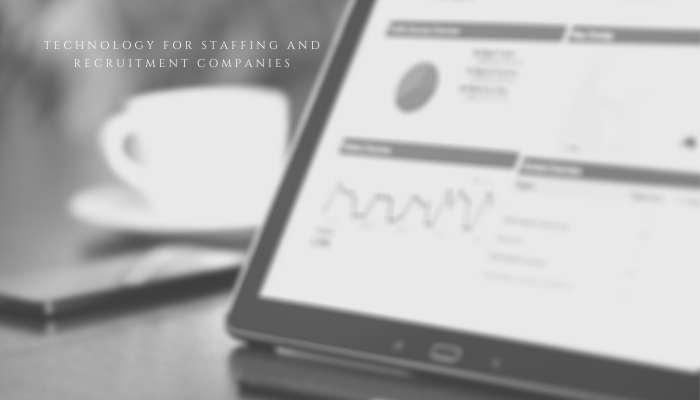The relentless pace of change is one of the biggest challenges facing organizations, with no signs of slowing, according to recent research. Accenture’s latest Pulse of Change report finds that most C-suite leaders and employees anticipate significant transformation this year, with the rapid rise of generative AI accelerating this shift and making technology and talent top priorities.
However, taking advantage of AI often requires rethinking work structures, organizational design and workforce strategies.
“As we look to the future, predictive AI will enable HR teams to foresee workforce trends, spot skill gaps and customize training programs,” says Kelly Jones, chief people officer at tech company Cisco. “Additionally, AI-powered sentiment analysis will help us gauge employee engagement and wellbeing, allowing us to offer timely interventions when needed.”
HR leaders must navigate the dual challenge of transforming their own function while supporting broader business reinvention. Businesses now have more options than ever to use AI solutions, but to be successful, HR leaders must address two urgent challenges, according to Karalee Close, Accenture’s global lead for its talent and organization practice. These are: Restructuring organizations to align with new work models and ensuring employees have the right skills.
Organizational design around new tech
AI is expected to change how employees spend nearly half their working hours, creating an opportunity to refine training and development strategies. Companies can use AI and data analytics to personalize learning, make training materials more accessible, and align development with employee needs. Understanding what motivates employees and how they prefer to learn allows organizations to create meaningful growth opportunities at all levels.
Measuring the success of AI-driven organizational transformation requires aligning success metrics with business goals. “Especially during times of change, good leadership means defining what the future should look like and creating the right conditions for achieving it,” Close says.
However, Accenture’s Life Trends 2025 report finds that work is becoming increasingly transactional and exhausting for both leaders and employees. “The dignity of work is being shaken by business pressures, tech advances and evolving human dynamics,” she warns.
To counteract these challenges, organizations should focus on boosting employee confidence, narrowing the gap between leadership and workforce sentiment, and maximizing the ROI of AI investments. Close sees an opportunity for innovation in using data to manage skill shifts and personalize employee experiences, from onboarding to training and performance feedback.
Skills development that works for employees
Despite the focus on AI, there are still barriers to adoption. Accenture’s research shows that nearly one in three C-suite leaders cite leveraging technology as the primary reason for increasing generative AI investment, while only 12% prioritize skill development. “Perhaps the biggest challenge is that talent changes remain largely unaddressed,” Close notes.
This imbalance is evident in budget allocation: Close points out that companies are spending three times more on AI technology than on people, which she warns is unsustainable. “It leads to talent feeling underprepared and less confident in their leadership,” she explains.
Before reorganizing, companies should focus on understanding current employee skills and future needs. “Ultimately, HR leaders must champion a culture of ‘human fluency’—adapting talent and practices to maximize the potential of technology,” says Close.
Accenture’s research highlights a disconnect between leadership perceptions and employee preparedness: While 92% of leaders believe their employees are well-trained in AI, only 72% of employees agree.
This is a missed opportunity. A recent ADP report, People at Work 2025: A Global Workforce View, found that employees who strongly believe their employer provides the necessary training are nearly six times more likely to recommend their company as a great place to work. They are also 3.3 times more likely to consider themselves highly productive.
Talent and rethinking organizational design
This gap underscores the importance of continuous skill development, particularly for early-career employees. Close urges HR leaders to offer diverse opportunities, including hands-on AI experience, cross-functional roles and structured career advancement pathways.
She advises HR leaders to continue to emphasize talent strategy and champion diversified skills—including using gen AI and new technologies to achieve these outcomes. “This puts organizations on a path toward becoming an AI-enabled enterprise wherein all employees are empowered to work with the latest AI tools and thrive in the AI-enabled ways of working,” she says.
The post Can org design help when ‘the dignity of work’ is shaken? A guide for HR leaders appeared first on HR Executive.
